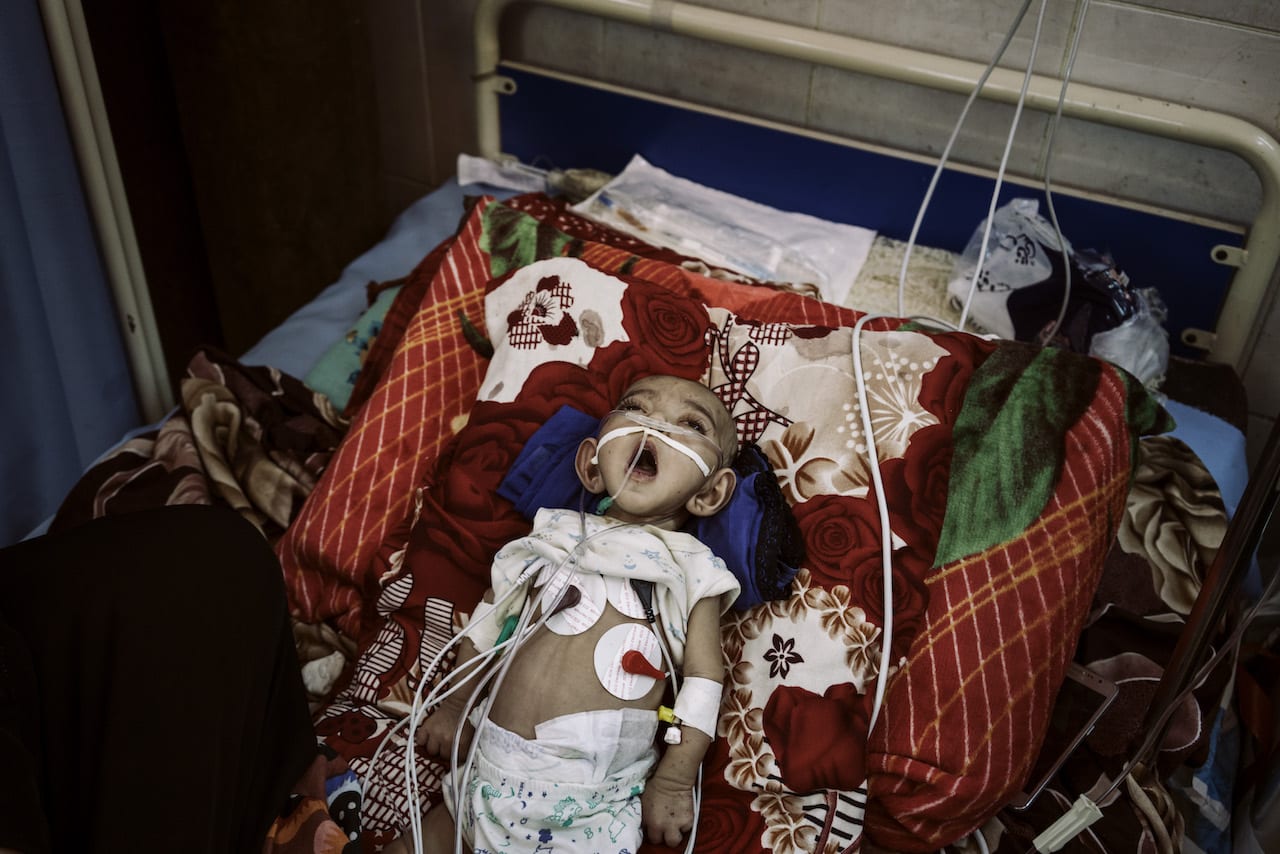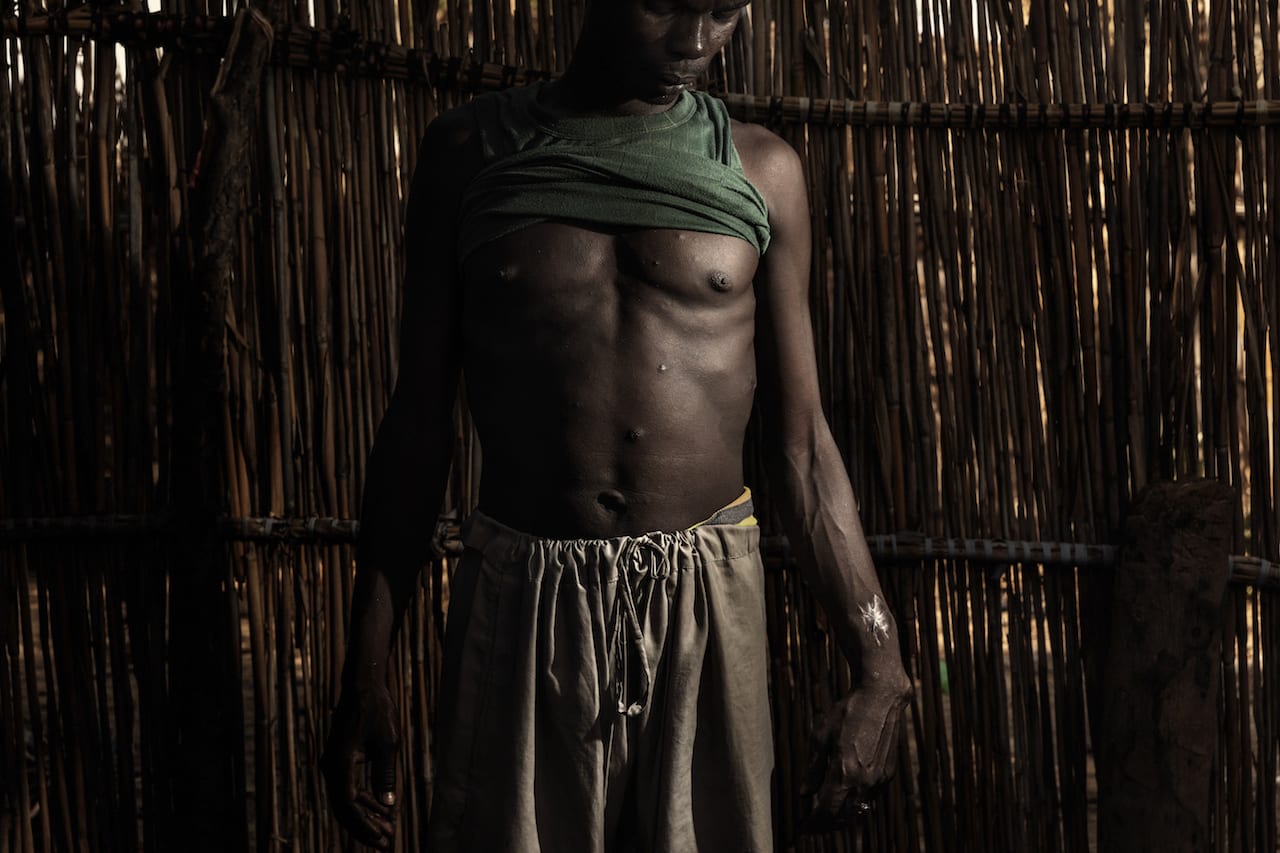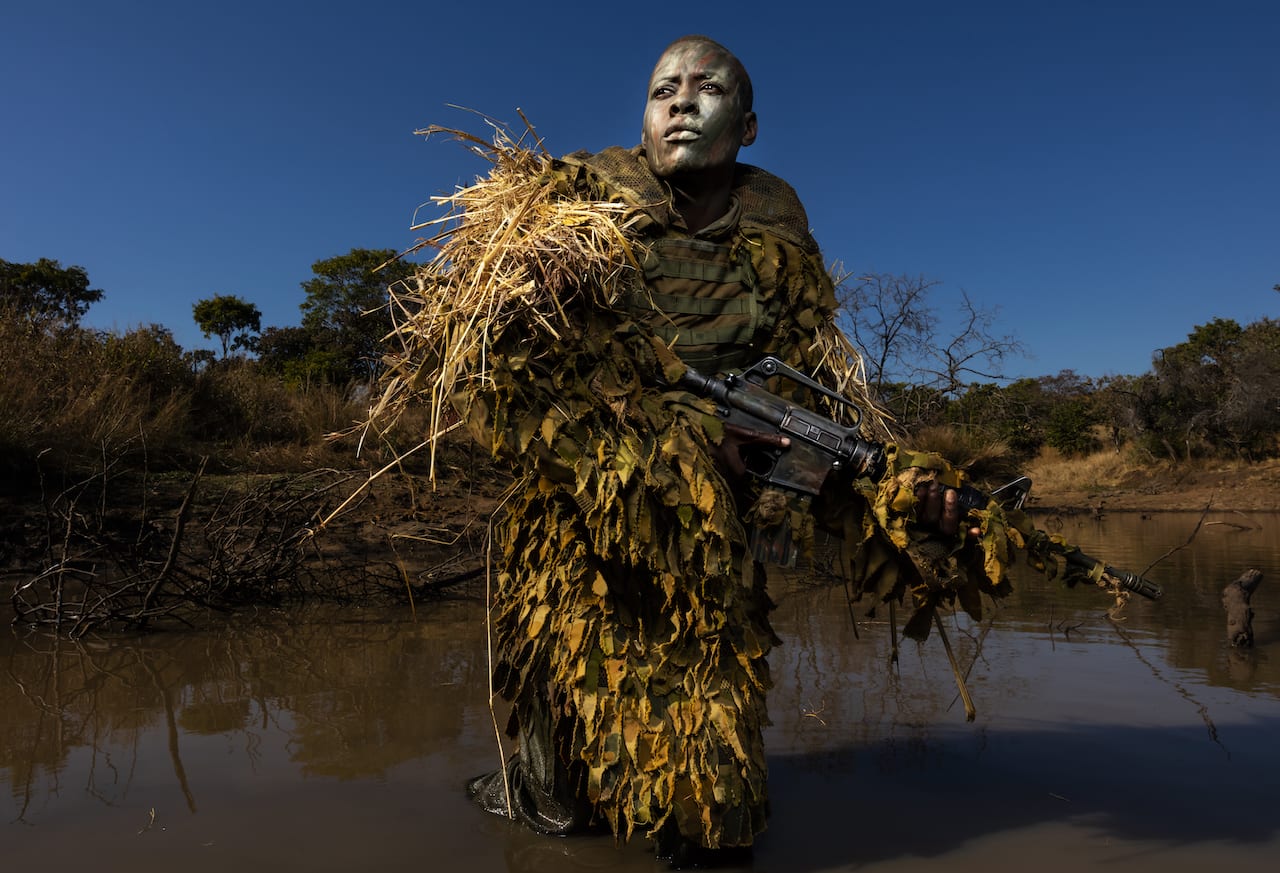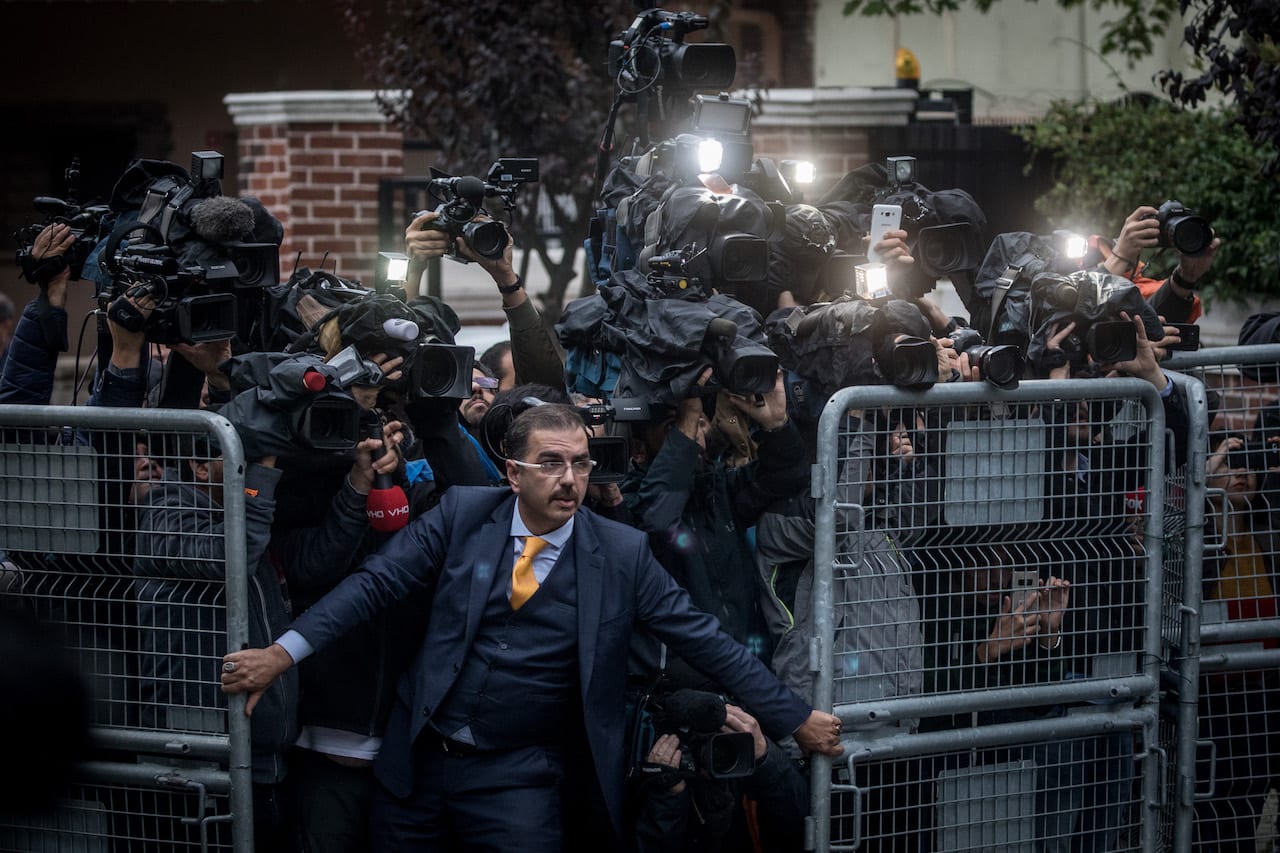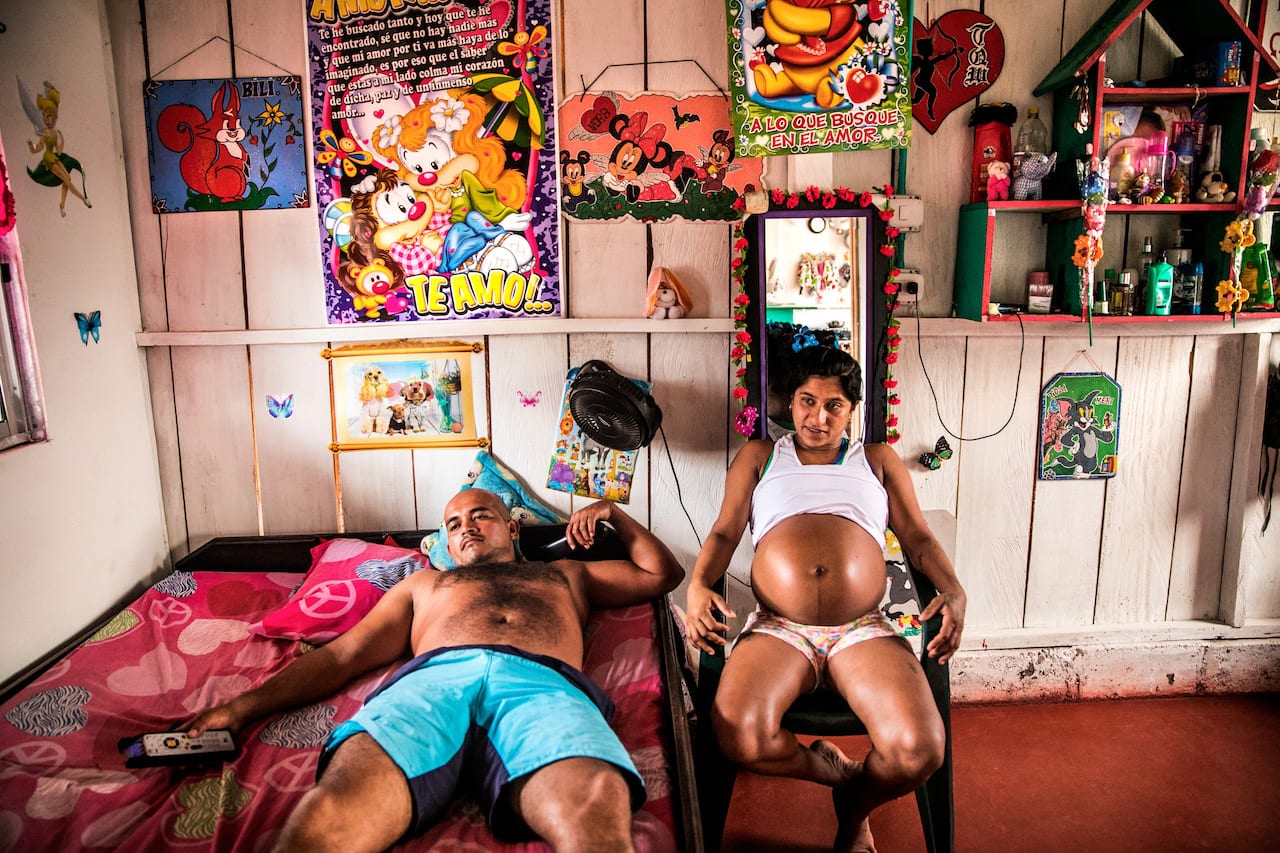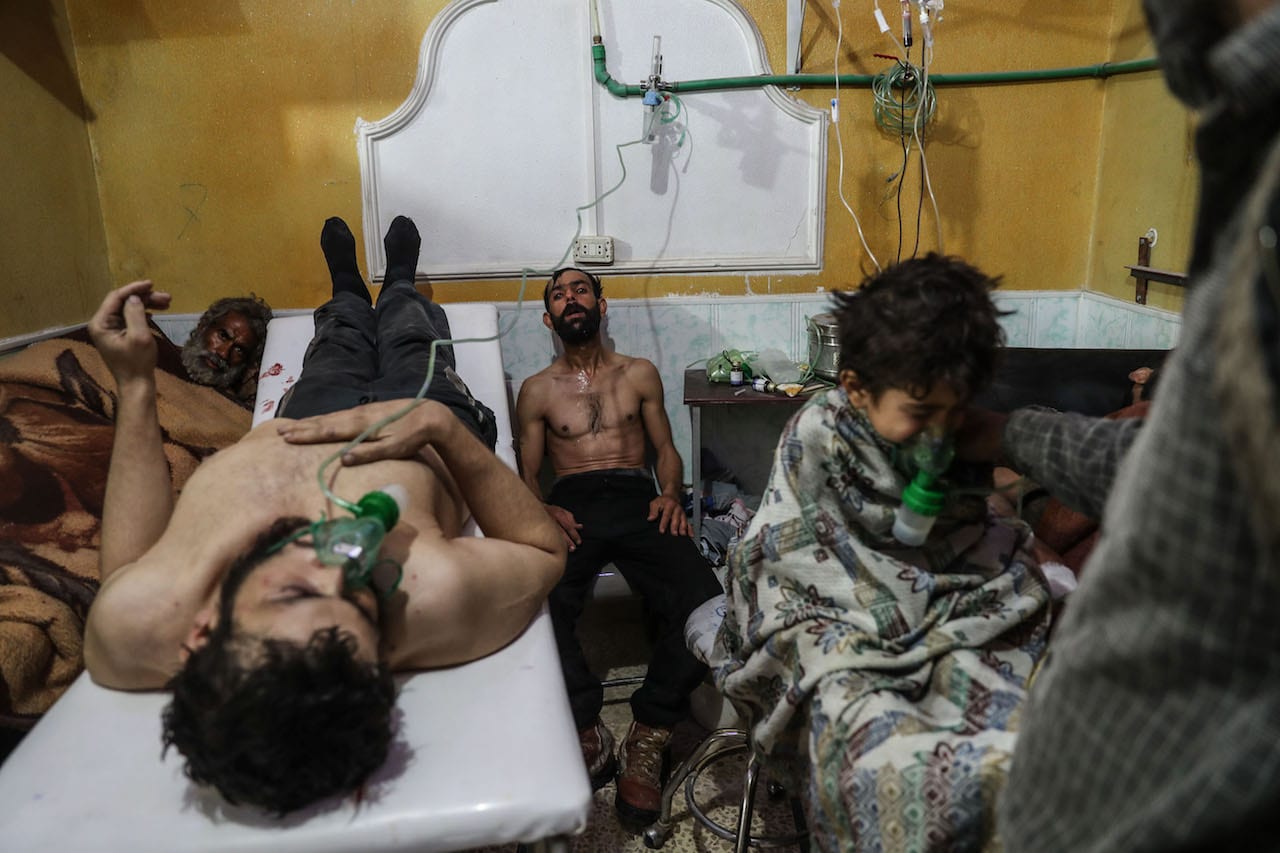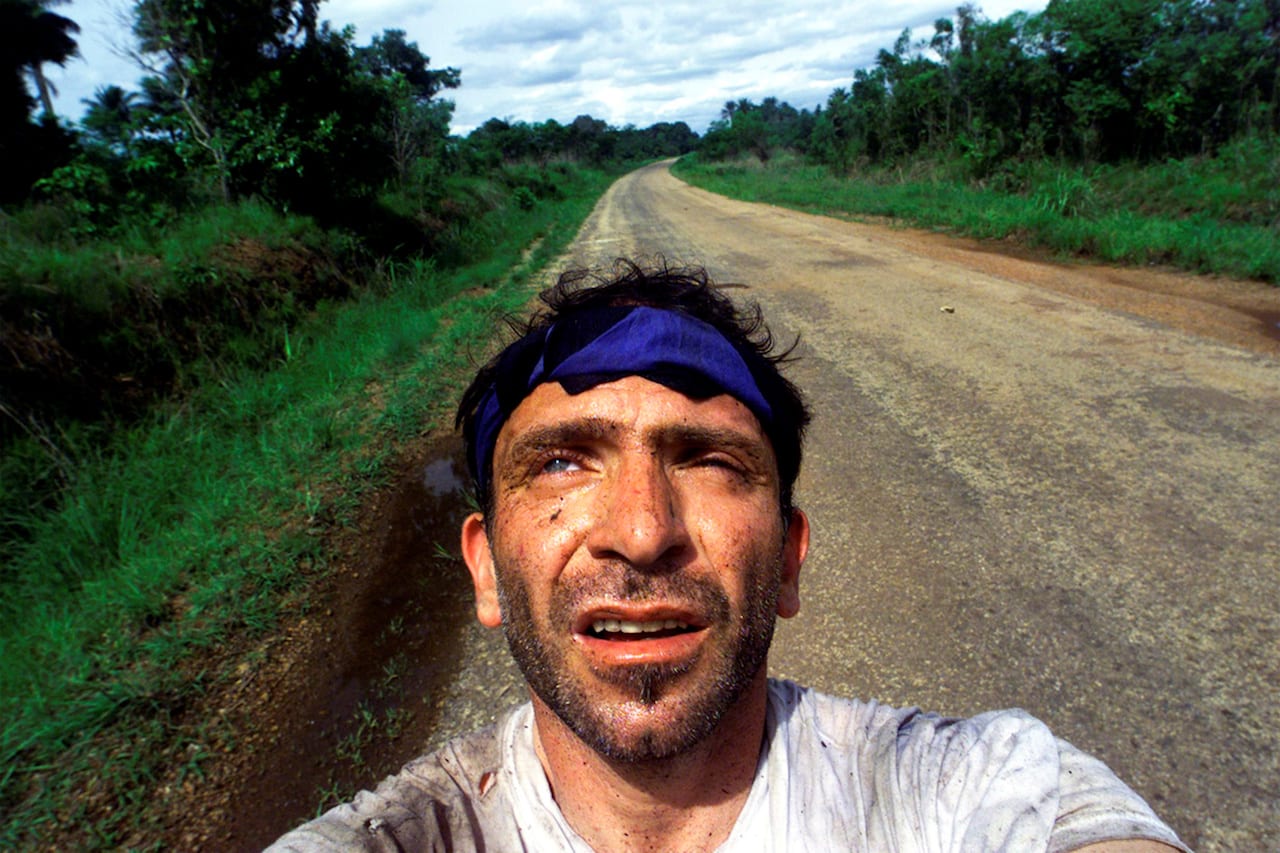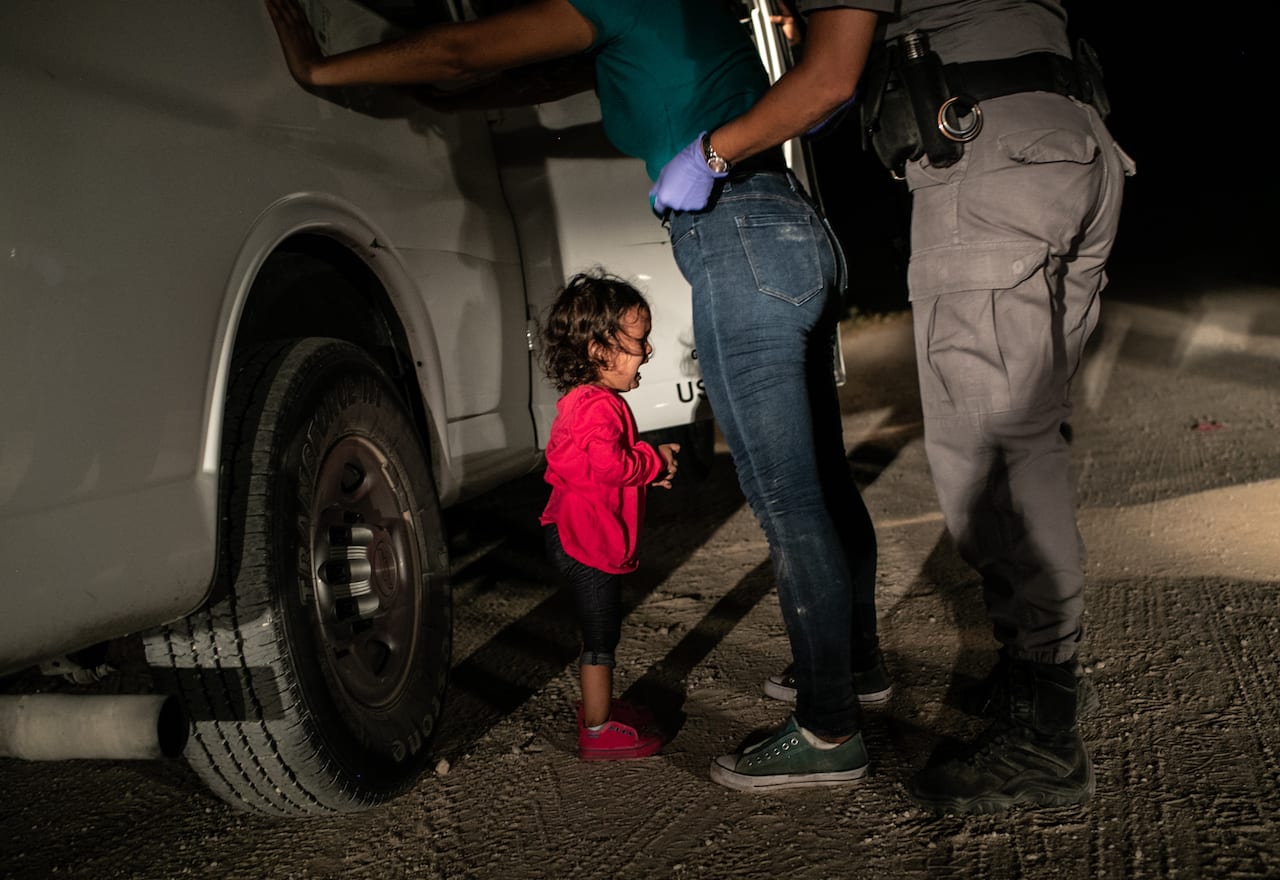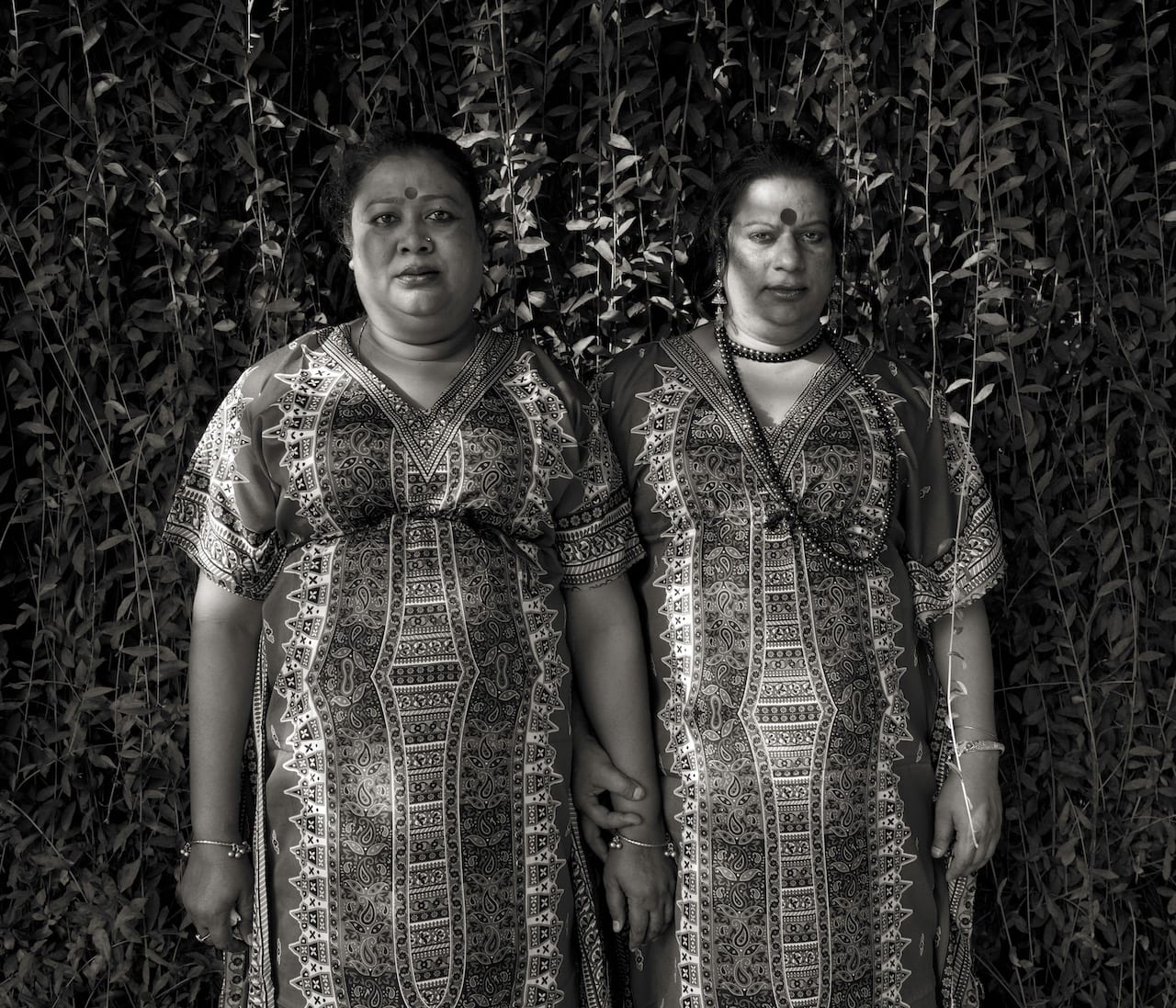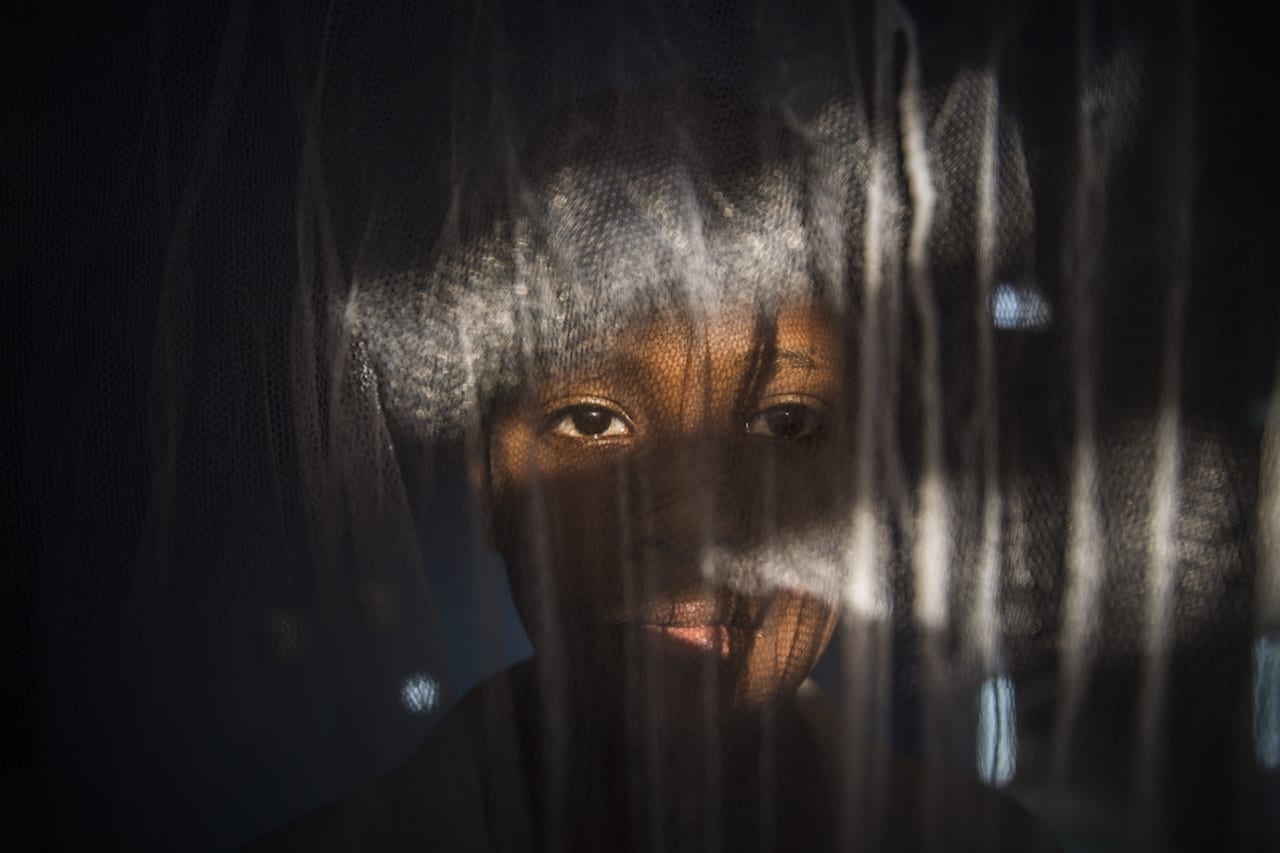“Working in Yemen is extremely difficult,” says Lorenzo Tugnoli, talking to BJP by phone from Kabul. “It’s a country where you have to navigate through various factions, and there are bureaucratic obstacles on both sides. As an example, it took us months just to get a visa.
“And even when you get access, you are not allowed to have much time. For example, after long negotiation we were allowed to go to Hodeidah, but they only let us stay for a few days. I look at my pictures in the port: I was there just for half an hour.”
Even so, Tugnoli has managed to make two extended trips to Yemen – the first for three weeks in May 2018, and the second for five weeks in November and December 2018. During those trips he travelled extensively throughout the country, crossing over the frontline and into territories held by opposing forces. Showing both the conflict and its disastrous humanitarian impact, his images have been published in a series of essays by The Washington Post, and a story pulled out of those images by Tugnoli and the director of Contrasto, Giulia Tornari, has now been nominated for the very first World Press Photo Story of the Year.

